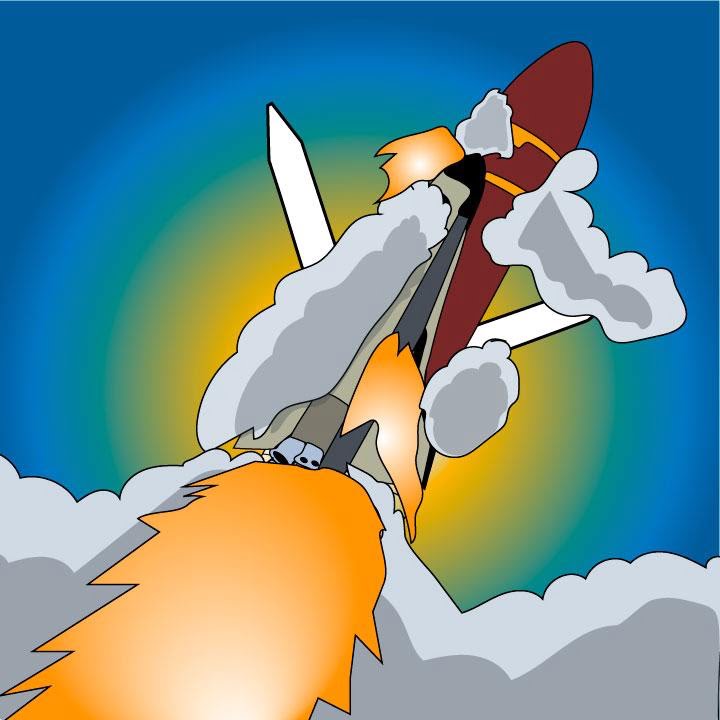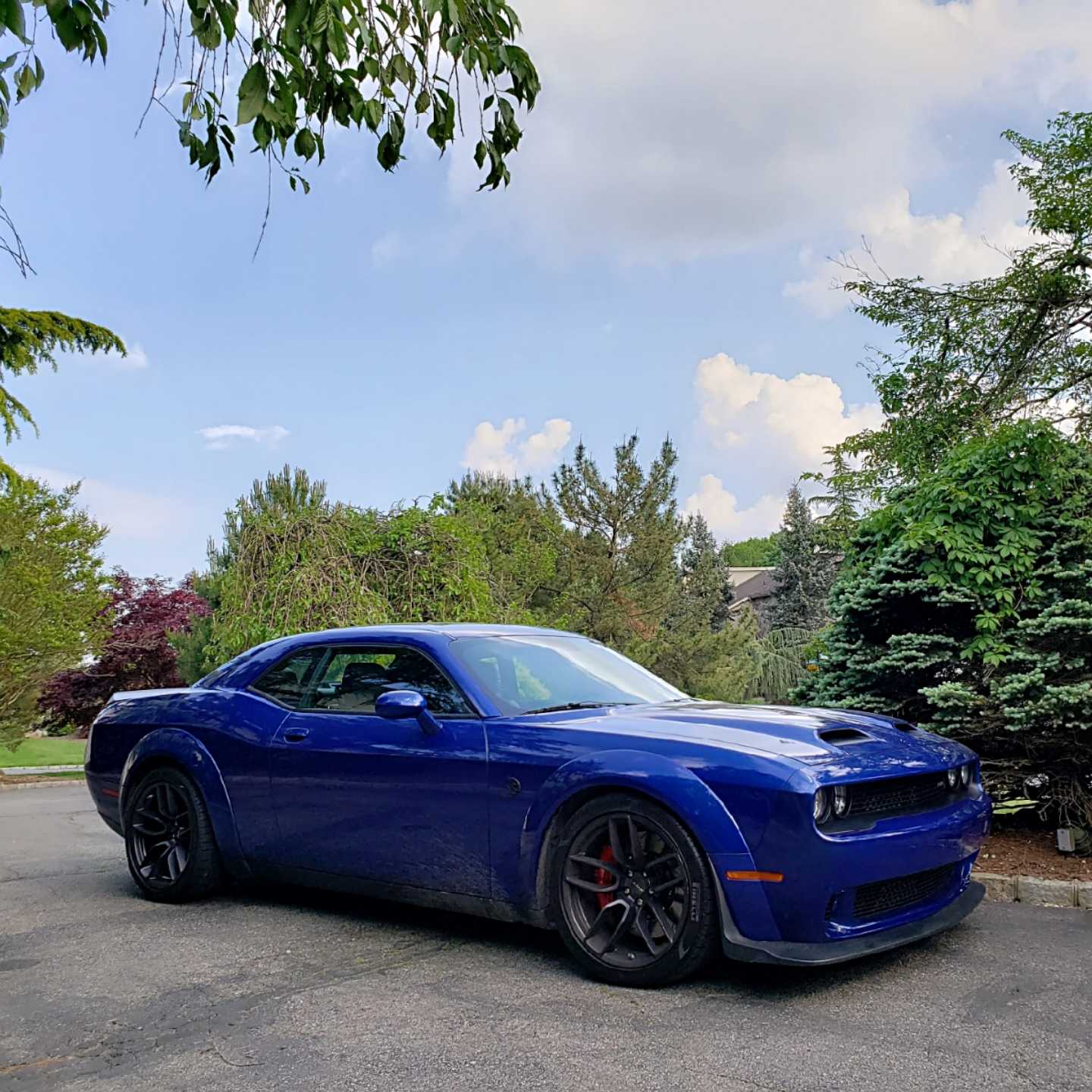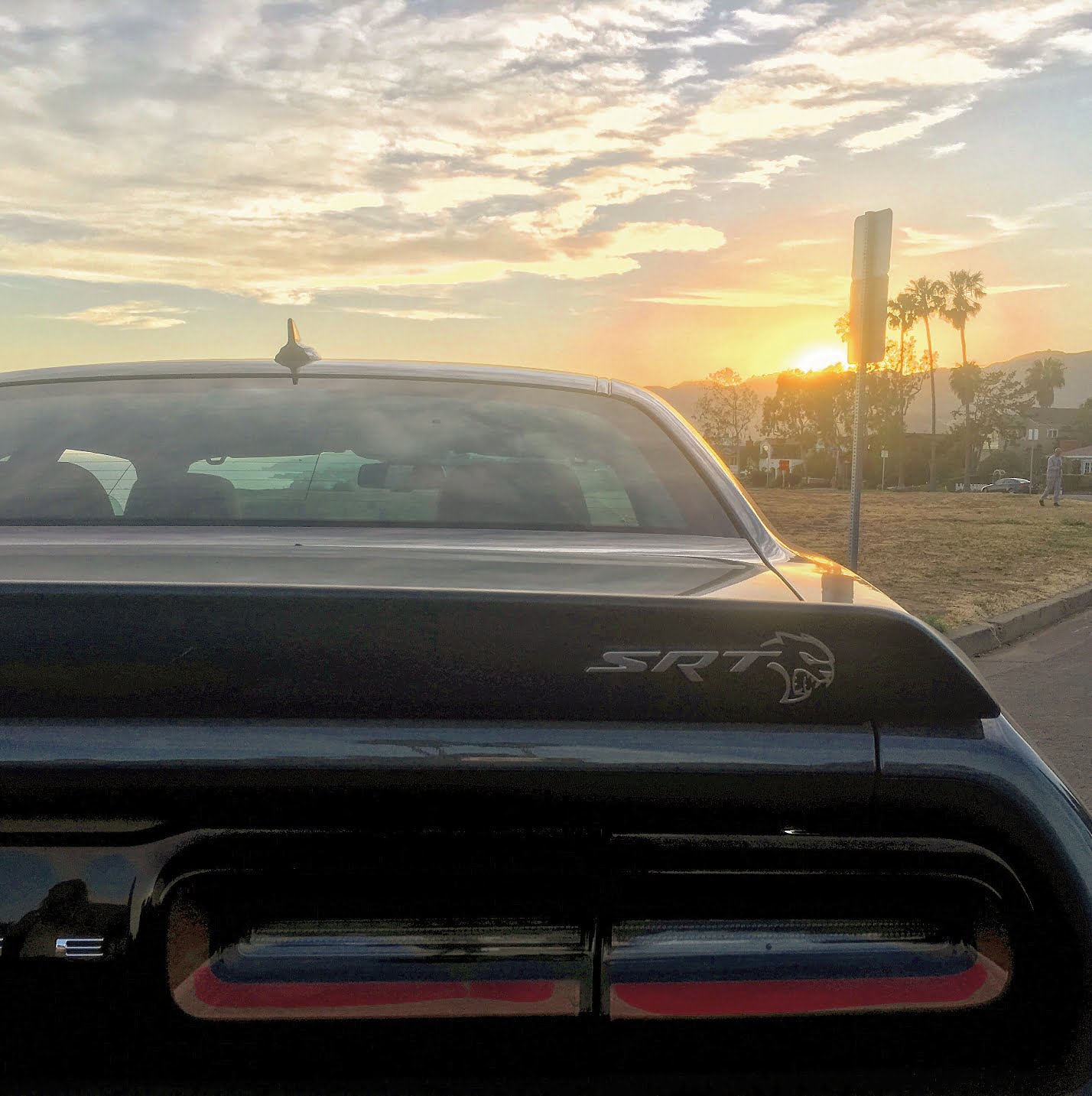By Cassandra Yany On Wednesday, Netflix released “Challenger: The Final Flight,” a four-episode docuseries about the tragic explosion of the Space Shuttle Challenger. The doc was directed by Daniel Junge and Steven Leckart, and executive produced by JJ Abrams and Glenn Zipper. It provides a complete look at the events leading up to the takeoff […]








